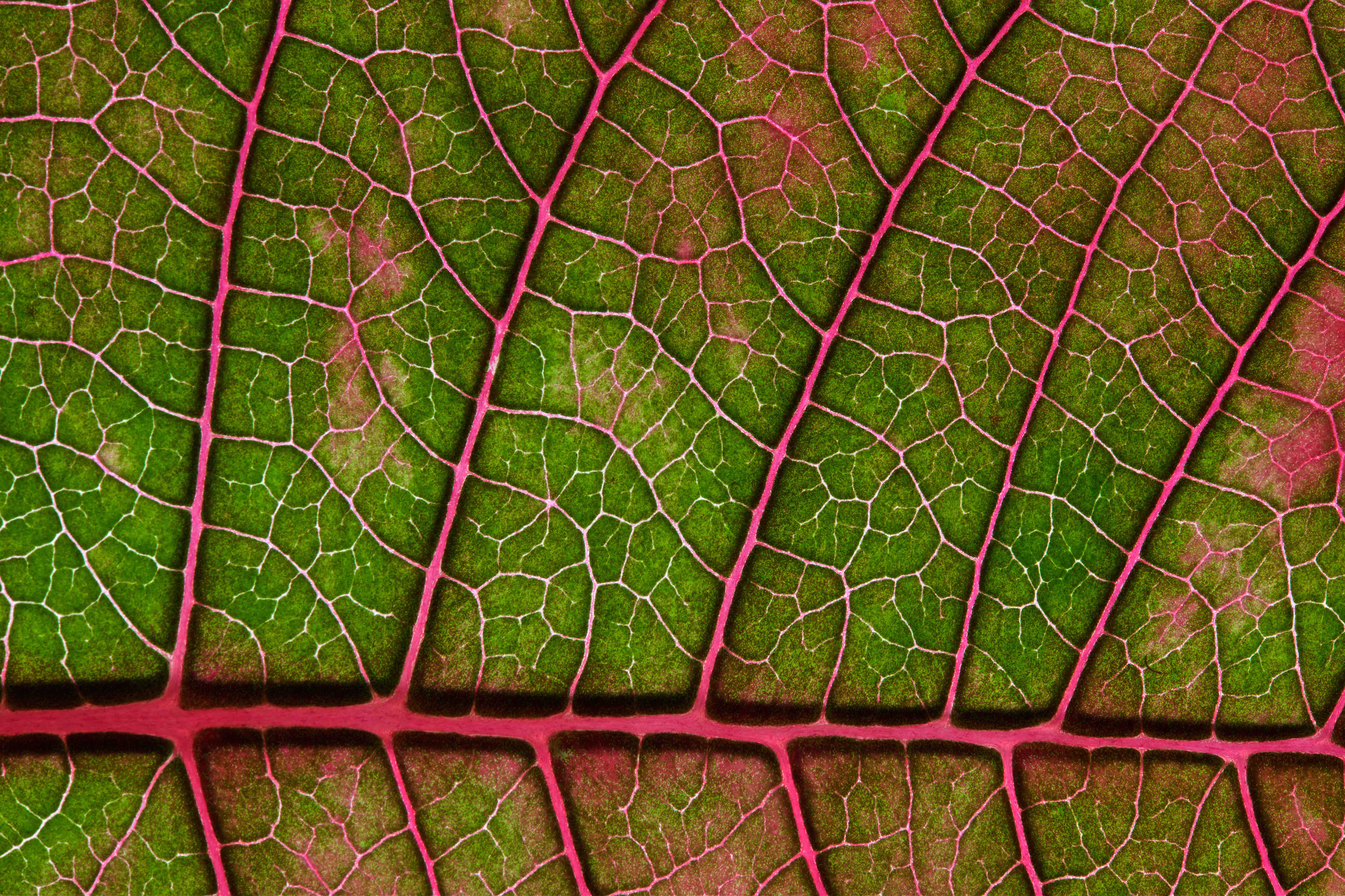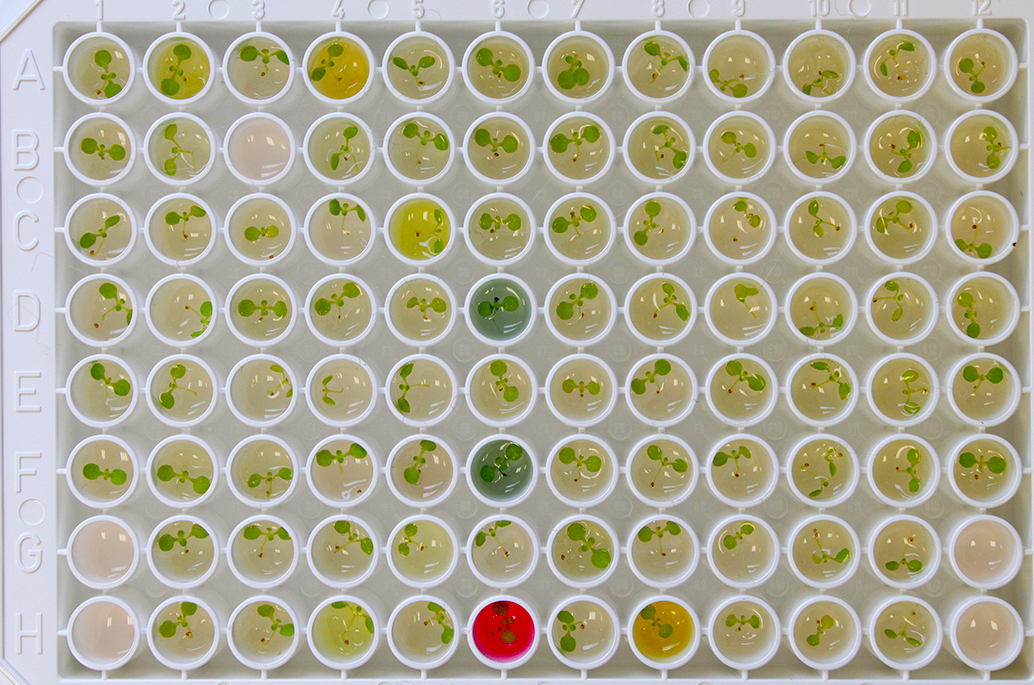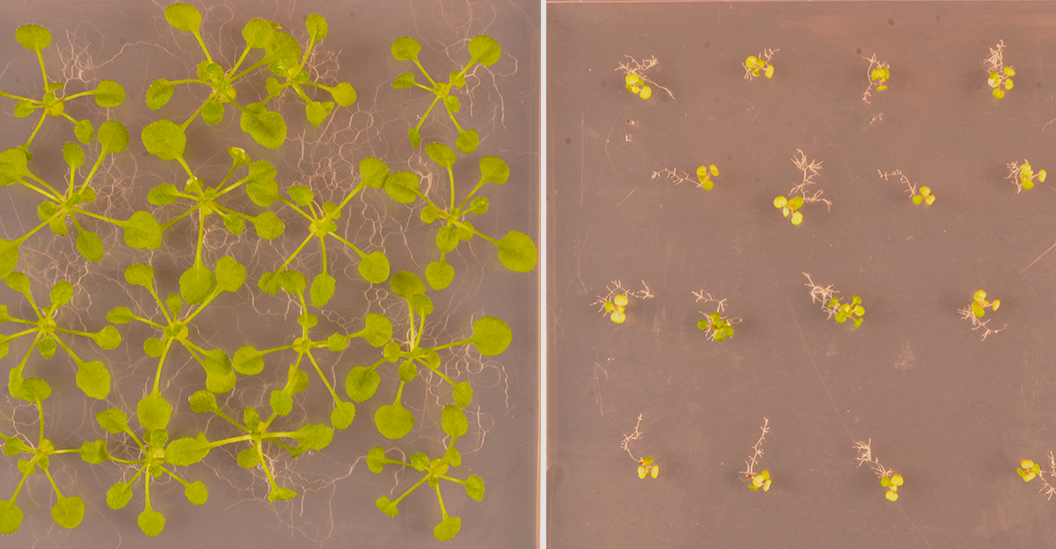
Sciences & Technology
How plants tell time

Discovering chemicals that affect plant circadian rhythms could improve crop yields – bringing us a step closer to ‘chronoculture’
Published 28 July 2022
Have you ever noticed that the time you take your daily caffeine hit can change how it affects you?
Too early and you might feel an afternoon slump. Too late and you could be up all night. This is because of how the drug caffeine affects hormones in your body that are an important part of your daily rhythm.

This daily rhythm, or circadian clock, has a huge influence on your health and wellbeing. Chronomedicine applies this knowledge to treat disease.
A big part of this is understanding which particular drugs or treatments are more effective at certain times of day. It can also tell us about the optimal timing of our meals or when we’ll get the maximum benefit from exercise.
This is because our circadian clock turns on and off at least one third of our genes – as well as the proteins they make – every day. The genes that are turned on at any particular time will dictate how our body responds to the things we do, both healthy and unhealthy.

Sciences & Technology
How plants tell time
Like us, plants also have a circadian clock that controls both daily and seasonal rhythms that affect metabolism and growth. And the time of day that a plant experiences an environmental stress – like heat, drought or pathogens – can influence how well that plant responds.
Chronoculture is an emerging concept that looks at how the circadian clock of crops can be exploited to improve their yields.
For example, optimising the time of day of irrigation or the application of fertilisers and herbicides to sync up with their circadian clock could increase effectiveness or reduce the amount of maintenance needed.
My lab research aims to understand how metabolism affects plant circadian rhythms, which is critical for plants in order to optimise their use of sunlight for photosynthesis and manage energy reserves through the night.

In our most recent paper, led by PhD student Xiang Li, we have used an approach called chemical biology, which uses drugs or drug-like compounds to learn how a biological system functions.
We searched through more than 1000 drugs, including the likes of ibuprofen, aspirin and caffeine, that are known to have an effect in animal cells to see if they affect the metabolic control of circadian gene expression in plants.
And we found a surprisingly large number of these drugs do effect plant cells. This is because the basic way plant cells work is very similar to animal cells.

Sciences & Technology
The chemical that tells plants when it’s time to sleep
For example, one of the drugs we used was pentamidine isethionate, which is used to treat sleeping sickness and severe pneumonia. This drug acts in nerve cells in animals. Plants don’t have a nervous system, but they do have ways to transmit signals around the plant that rely on similar proteins.
The drug severely impaired plant growth and slowed down the speed of the plants’ circadian clock.
Our research could help to understand precisely how this drug works by looking closely at the similarities between the plant and animal proteins.
Other drugs we have found appear to work differently in plant cells, because what the drug targets is apparently absent in plants. For example, drugs that affect serotonin neurotransmission. Plants do make serotonin, but we know relatively little about its role in plants and how it functions.

Examples like this are exciting because they represent potential new drug targets and open up the possibility of using some of these drugs in new ways.
So, what can we do with this new knowledge?
Potentially, some of these drugs could be developed into new herbicides. Or we might be able to boost crop growth by triggering metabolism at the right time of day. Or, the same way we use our caffeine hit, we could fine-tune circadian rhythms to increase crop performance.

Environment
How sunflowers track the sun
One particular advantage of using chemical biology is that we can easily test the effect of these drugs in other species. This could include a range of crop species, or other vulnerable organisms in this environment, like insects.
This could ensure that any new agricultural interventions have minimal ecological impact.
But in the short term, these drugs with newly identified effects provide exciting opportunities to learn more about how plant metabolism is connected to circadian rhythms. This brings us a step closer to making chronoculture a reality.
Banner: Getty Images